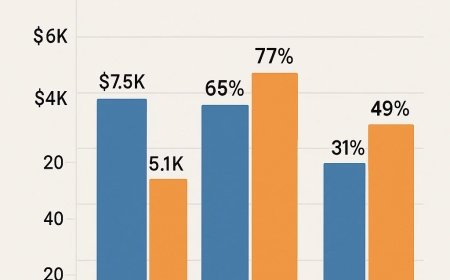How Robotic Sortation Systems Reduce Operational Costs in Warehouses
In the logistics and supply chain industry that has gained a very high pace according to recent changes, the success of any warehouse is key to its efficiency. Robotic Sortation Systems is one of the most influential innovations that is undergoing changes in modern warehouses. These systems make the operation highly automated and labor and cost-effective as compared to sorting by hand which is time consuming and less accurate.
What Are Robotic Sortation Systems?
An intelligent form of robotic automation is sortation systems that are employed to sort and route products within the warehousing environment. These systems are combined with AI and machine learning that makes them compatible with the warehouse management software to process parcels to a small package and maintain a flawless workflow with minimum involvement of human beings.
Automation to cut costs.
The application of robotic sortation systems brings quantifiable cost reductions in a number of important areas as follows:
-
Less Labor Expenses: Firms are able to save a lot of labor through automation of certain tasks that require sorting, reducing manpower. This does not only reduce the expenditure on wages but also minimizes the effects of work deficiency.
-
Less Mistake: Lack of errors during manual sorting will cause delays, returns and customer unwillingness. Robotic systems lead to enhanced precision by lowering the expenses of re-sorting or re-processing of faulty shipments.
-
Improved Throughput: The robotic systems have 24/7 unlimited energy and will be able to sort and handle larger volumes of orders especially during peak season.
-
Energy Efficiency: New sortation robots are engineered to use less energy than the old mechanical means, which implies getting a decreased utility cost.
Scalability and Space Optimizations
Robotic systems are configurable and expandable. With the increase in the demands of a warehouse, more units can be added without the need of making big infrastructure alterations. This is because it is flexible and hence businesses can increase the operations without undergoing the expenses associated with new facilities.
Moreover, such systems tend to occupy smaller square footage as compared to those of traditional systems and so much of the existing warehouse space can be utilized optimally, which is highly beneficial in both urban or high-rent locations.
Conclusion
One of the propitious investments that warehouses can make towards increasing their productivity and reducing operation costs is through robotic sortation systems. With the development of technology, further on these systems will be more important in determining the future of not only efficient but also cost-efficient logistics.








&srotate=0)


























